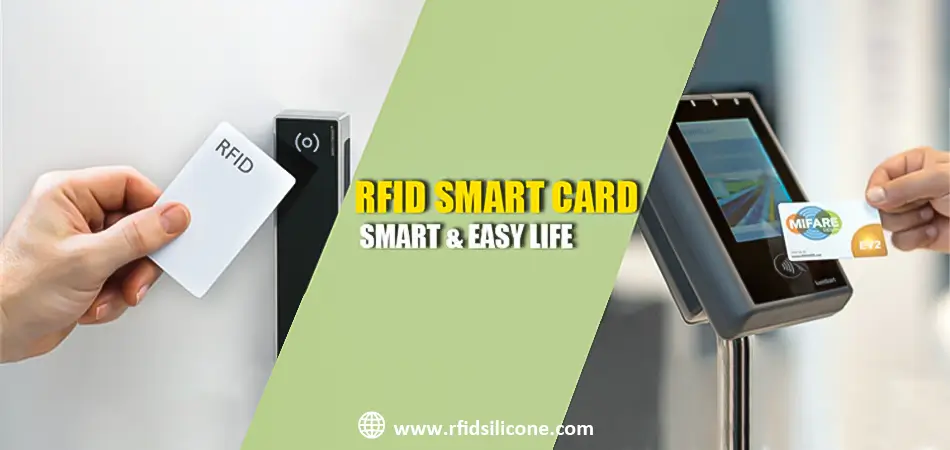In an era defined by technological innovation, RFID (Radio-Frequency Identification) stands out as a ubiquitous and versatile technology with wide-ranging applications across industries. From inventory management to contactless payments, RFID has become an indispensable tool for businesses seeking efficiency, accuracy, and enhanced security. But what exactly is RFID, and how does it work? Let's explore the fundamentals of RFID technology and its fascinating inner workings.

At its core, RFID is a wireless communication technology that utilizes radio waves to identify and track objects equipped with RFID tags. These tags, containing electronically stored information, interact with RFID readers to transmit data without the need for physical contact. Unlike traditional barcode systems, RFID offers real-time tracking, increased data capacity, and the ability to read multiple tags simultaneously.
RFID tags are small electronic devices comprising a microchip and an antenna. They come in various forms, including passive, active, and semi-passive, each tailored to specific requirements. Passive tags rely on energy from RFID readers to transmit data, while active tags have their power source, enabling longer read ranges and continuous communication.
RFID readers, or interrogators, are devices that communicate with RFID tags to capture and process data. They emit radio waves to activate passive tags and receive signals containing tag information. Depending on the application, readers can be fixed in locations like doorways or integrated into handheld devices for mobile use.
Middleware acts as a bridge between RFID hardware and enterprise systems, managing data flow, and facilitating integration with backend databases or software. It handles tasks such as filtering and formatting tag data, enabling seamless communication between RFID systems and existing infrastructure.
When an RFID tag enters the read range of an RFID reader, it detects the reader's radio frequency field, which induces a current in the tag's antenna. This energy powers the tag's microchip, allowing it to modulate the radio waves and transmit its unique identifier and associated data back to the reader.
The RFID reader captures the tag's signal and forwards the data to middleware or backend systems for processing. This data may include product information, timestamps, or location data, depending on the application. The system then interprets the data, executes predefined actions, and updates relevant databases or applications accordingly.
The information gathered from RFID tags can be leveraged across various applications, such as inventory management, asset tracking, authentication, and supply chain optimization. By integrating RFID data with existing systems, businesses can streamline operations, improve visibility, and make data-driven decisions.
Retail: Inventory management, theft prevention, and supply chain optimization.
Logistics and Transportation: Tracking shipments, managing warehouse operations, and ensuring product traceability.
Healthcare: Patient tracking, medication management, and medical asset monitoring.
Manufacturing: Process automation, quality control, and equipment maintenance.
RFID technology is widely used in various industries and in daily life.
In daily life, RFID products can also be used in our common theme park visitor management, access control, social media sharing, contactless menus, Google review cards, etc. The RFID products that RFIDSilicone can customize include RFID Tags, RFID Cards, RFID Wristbands, etc.
In conclusion, RFID technology represents a cornerstone of modern-day logistics, enabling businesses to achieve unprecedented levels of efficiency, accuracy, and control. By understanding the fundamentals of RFID and its applications, organizations can harness its potential to drive innovation, improve operational workflows, and deliver enhanced customer experiences. As RFID continues to evolve, its role in shaping the future of connectivity and automation remains pivotal, promising new opportunities and advancements across diverse sectors.
-------------------
Welcome to contact us!
RFIDSilicone is Your Best RFID & NFC Partner!
19+ years experience in RFID products (RFID wristband, RFID sticker/tag, RFID card etc).
Our own factory passed ISO9001: 2015 & ISO14001:2015. We have SGS, ROHS, REACH, FDA certificates etc.